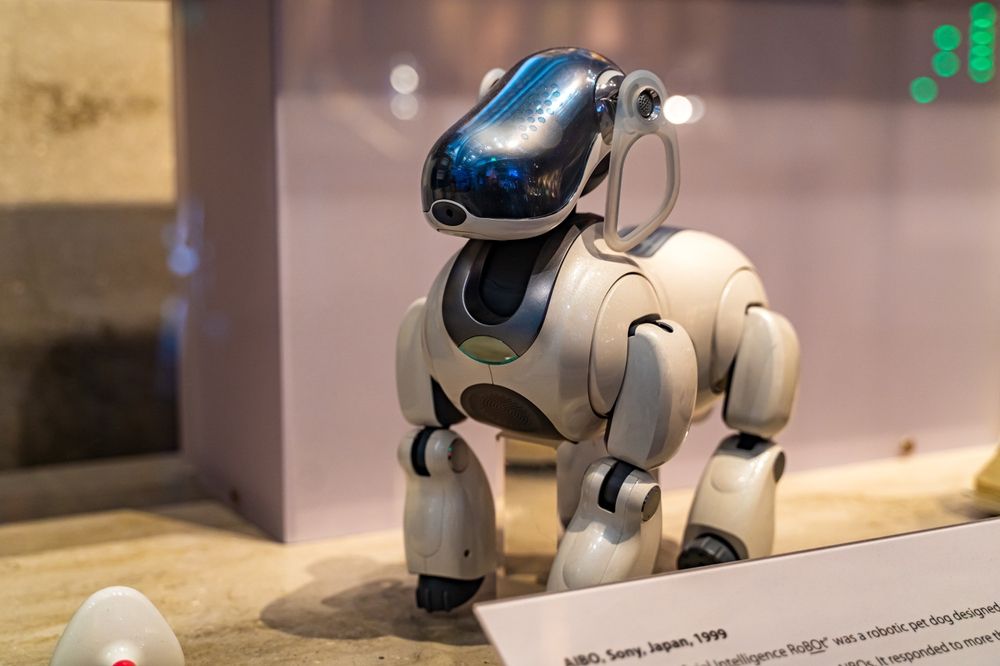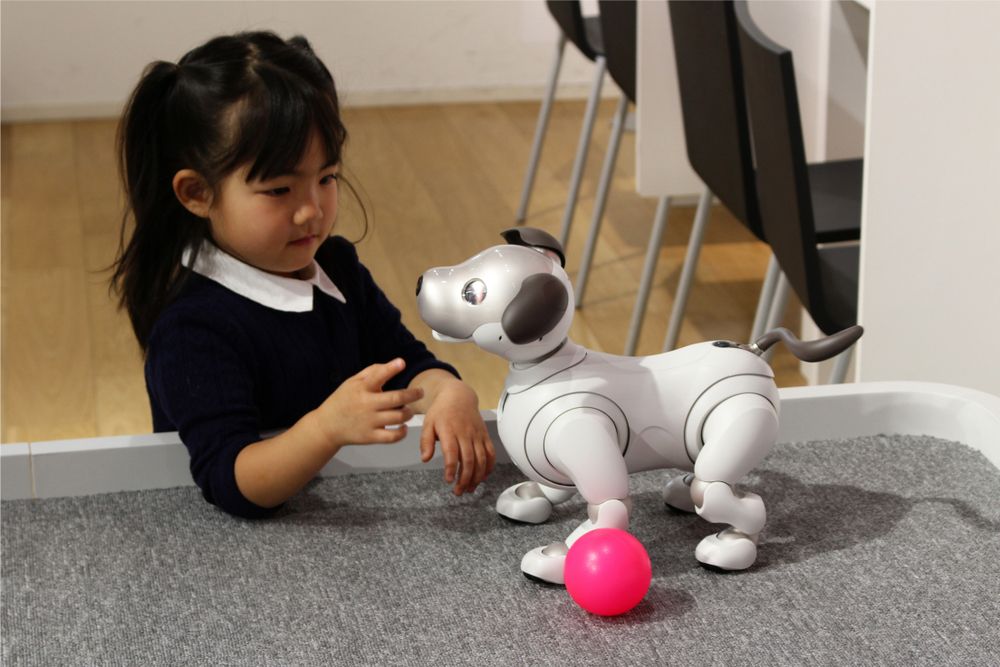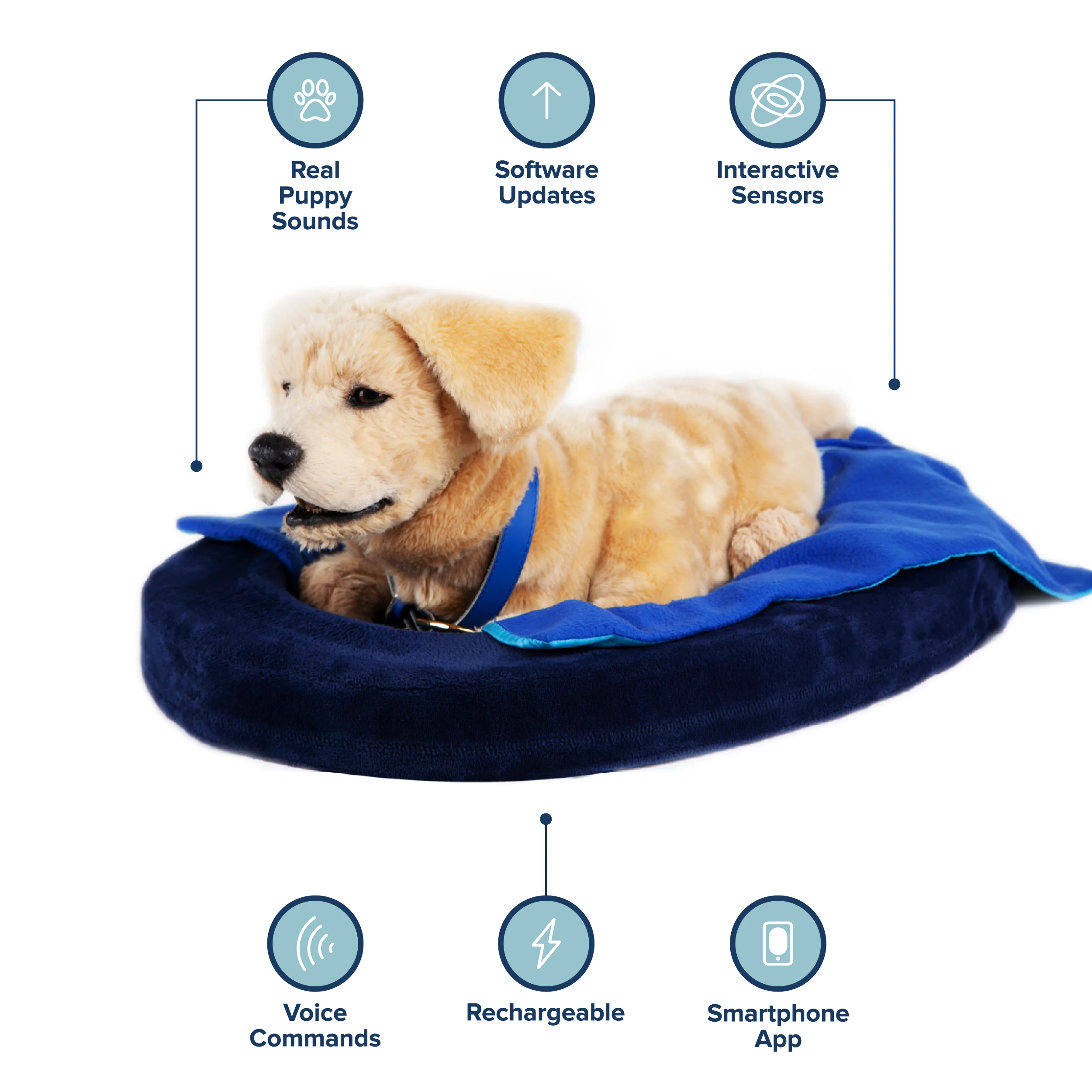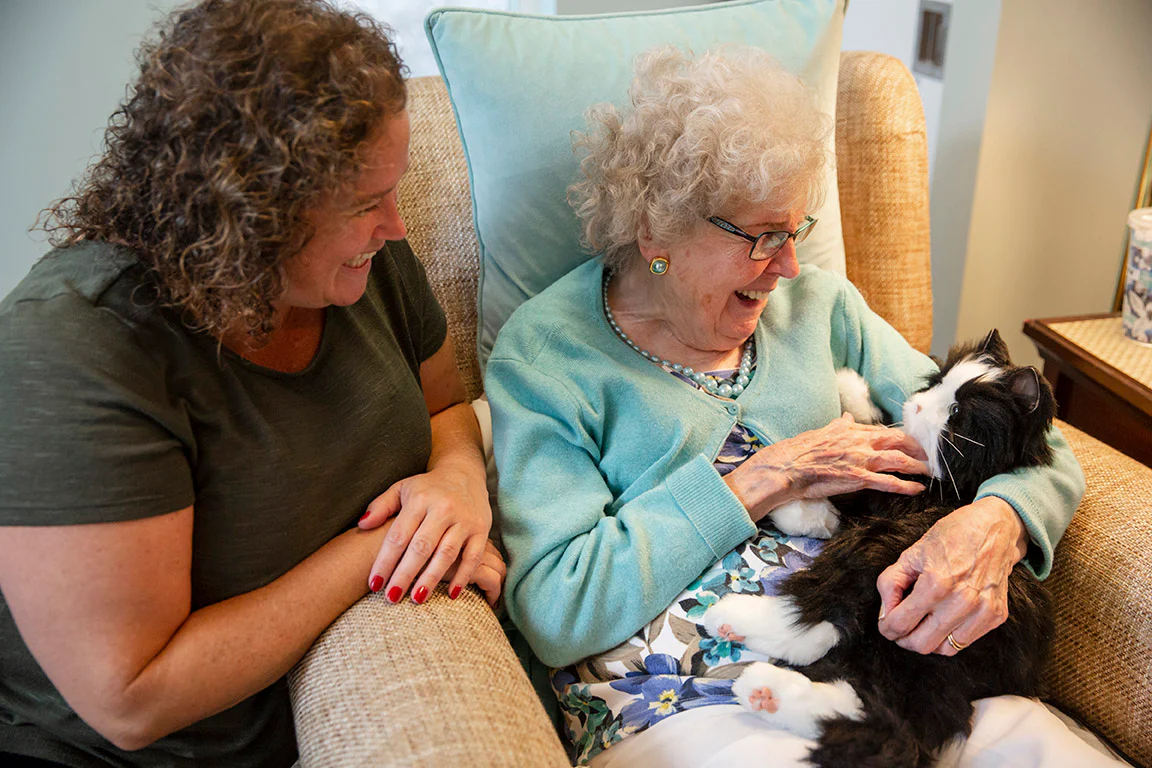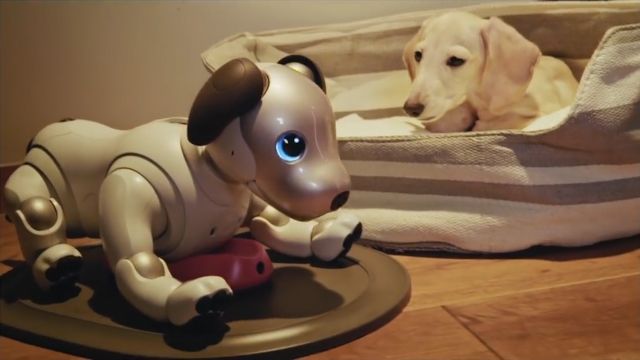Summary
- Robot pets are making a comeback, now designed for practical companionship, not just entertainment.
- Modern robot pets offer advanced AI, natural movements, and tailored interactions for meaningful companionship.
- They are not just for fun—robot pets have significant roles in healthcare, education, and even offer an alternative to traditional pets.
Remember Aibo, Sony’s robotic dog of the late 90s? It’s back and better than ever—and it’s not alone. A new generation of robot pets is upon us, powered by AI and providing genuine utility, and they’re asking to be taken seriously as practical companions.
A Brief History
Robot pets are, compared to others, a relatively recent technological innovation. However, recapping their story requires going back a few decades. Sony’s aforementioned Aibo led the pack in 1999, captivating the world with its ability to develop a “personality” over time. Meanwhile, Furby drove parents crazy with its endless chatter in millions of homes, becoming as much of a cultural phenomenon as a source of sleepless nights.
These pioneers weren’t alone. Tiger Electronics’ Poo-Chi offered a budget-friendly alternative to Aibo, while Hasbro’s FurReal Friends line brought simple animatronic pets to a younger audience. But despite initial excitement, these early attempts showed the limitations of late-90s technology. Aibo’s $2,000 price tag limited its appeal, while simpler robots like Furby became repetitive once the novelty wore off.
However, these pioneering products laid crucial groundwork. They proved people would form emotional connections with robots and demonstrated the potential for adaptive behaviors in mechanical companions. Even as production lines shut down, these early robot pets influenced how we think about human-robot interaction and set expectations for future developments.
Robot Pet Renaissance
Fast-forward to today, and robot pets are experiencing an unexpected revival. The new Sony Aibo (relaunched in 2018) leads the charge with significantly enhanced capabilities, while companies like Tombot and Ageless Innovation are creating more specialized companions. Unlike their predecessors, these modern robot pets focus less on being technological showpieces and more on fulfilling specific needs.
The improvements are substantial. Today’s robot pets feature more natural movements, better voice recognition, and the ability to genuinely learn from interactions. The new Aibo, for instance, can recognize up to 100 faces and remember interactions with specific people. Tombot’s hyper-realistic Jennie responds to touch with lifelike movements and maintains “eye contact” during interactions. Even more affordable options like Joy for All’s companion pets include sophisticated touch sensors and responsive behaviors.
These advances aren’t just technical showcases—they’re designed to create meaningful interactions. Modern robot pets can adjust their behavior based on time of day, respond to different voice tones, and even simulate sleep-wake cycles. They’re built for long-term companionship rather than short-term entertainment.
The Tech Beneath the Fur
Modern robot pets pack impressive technology under their synthetic fur. Advanced sensors detect touch, movement, and environmental changes, while sophisticated AI systems help them recognize faces and respond appropriately to different situations. Many connect to smartphone apps that let owners monitor their pet’s “health” and track interaction history.
The sensor arrays are particularly sophisticated. Capacitive touch sensors detect different types of petting and handling, while accelerometers and gyroscopes enable natural-looking movements and responses to being picked up or carried. Some models include temperature sensors to avoid overheating and proximity sensors to navigate around obstacles.
The machine learning capabilities are even more impressive. These pets can develop unique behavior patterns based on how their owners interact with them. For example, the new Aibo learns which actions earn positive responses and adapts its personality accordingly. Some models even use cloud connectivity to share learned behaviors across their network, creating a kind of collective intelligence that helps all units become more sophisticated over time.
Companion apps add another layer of functionality. Owners can track their pet’s mood, activity levels, and interaction history. Some apps even gamify the experience, offering “training” exercises and rewards for consistent interaction. This digital connection helps create a more engaging experience while providing valuable data for future improvements.
More Than Entertainment
Perhaps the most significant change is how robot pets are being used. Beyond simple companionship, they’re finding important roles in healthcare settings. Therapy robots like the baby seal-like PARO help reduce stress and anxiety in elderly patients. Studies have even suggested that these robotic companions can decrease loneliness, improve social interaction, and even reduce the need for certain medications.
The applications extend beyond elder care. Schools are using robot pets to teach empathy and responsibility, while some therapists employ them to help children with autism develop social skills. In hospitals, these companions provide comfort without the hygiene concerns of live therapy animals.
These companions also offer a practical alternative for people who can’t have traditional pets. Apartment dwellers facing strict no-pet policies, individuals with severe allergies, or those with physical limitations that make pet care challenging can all benefit from robotic alternatives. While they can’t replace the full experience of a living animal, they provide many similar emotional benefits without the feeding, walking, and veterinary care requirements.
Challenges and Limitations
Despite their advances, robot pets still face significant hurdles. Battery life remains a constant challenge—nobody wants their pet to “die” mid-interaction, and current technology typically requires daily charging. Privacy concerns also loom large, especially for connected models that collect and process interaction data. Questions about data collection, storage, and usage need clearer answers.
Cost continues to be a major barrier to adoption. Most quality robot pets start at several thousand dollars, putting them out of reach for many potential users. While prices have decreased over time, they’re far from “impulse purchase” territory.
Technical limitations also mean these companions can’t fully replicate the true essence of a living pet. They follow sophisticated programming but can’t truly empathize or form genuine emotional bonds. The movements, while more natural than ever, still don’t perfectly match those of living animals. For many potential users, this uncanny valley between robotic and real remains a significant barrier.
Of course, these limitations are hardly insurmountable. If we’ve learned anything over the past couple of decades, it’s that technology can take massive steps forward in a short amount of time. Such a reality bodes quite well for the future of cutting-edge technologies like robotics.
Robot pets represent more than just technological advancement—they’re pioneering new ways for humans and machines to interact meaningfully. Hopefully, as artificial intelligence continues to evolve and manufacturing costs decrease, we’ll begin to see these companions become even more sophisticated and accessible. They won’t replace traditional pets, but they’re carving out their own unique role in our lives.

